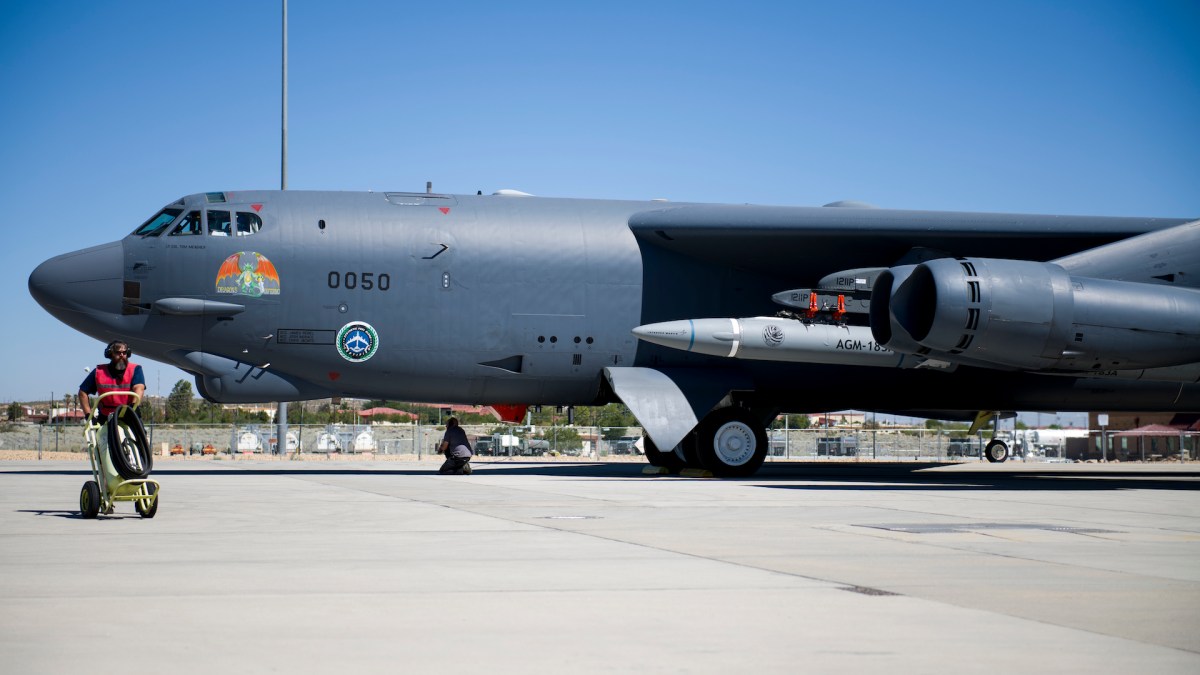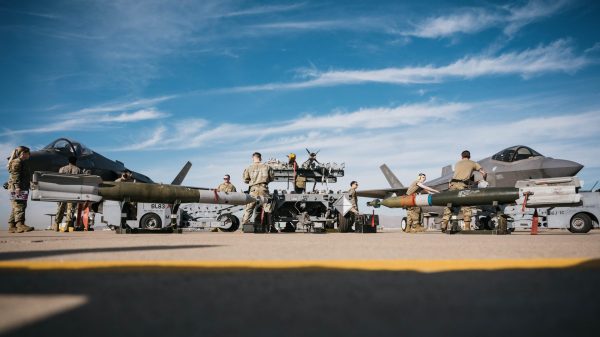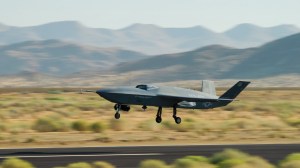Allvin hints at new funding for Air Force’s ARRW hypersonic missile in fiscal 2026

After over a year of uncertainty over the fate of the Air Force’s efforts to develop boost-glide hypersonic missiles, the service’s top official told lawmakers that its upcoming budget request for fiscal 2026 will include funding for the AGM-183A Air-Launched Rapid Response Weapon (ARRW).
Following a troubled flight testing campaign, the Air Force decided not to include any funding to procure ARRW in its budget request for fiscal 2025. At the time, officials said it would take time to fully analyze and understand data gathered during the test campaign before fully committing to putting more money toward the system’s development or fielding.
But comments made by Air Force Chief of Staff Gen. David Allvin on Thursday suggest the service has resolved to continue funding the ARRW program rather than end it.
“I will tell you that we are developing — and you’ll see in the budget submission, assuming it’s what we put forward — two different programs. One is a larger form factor that is more strategic [and] long range that we have already tested several times — it’s called ARRW,” Allvin said during a House Armed Services Committee hearing.
Developing hypersonic missiles has been a top priority for the entire Defense Department as U.S. adversaries continue to mature their own technology. The weapons are able to reach speeds of Mach 5 or higher and are highly maneuverable in-flight, making them difficult for air defense systems to intercept.
And while the Air Force, Army and Navy each have respective hypersonic missiles development programs, all of the weapons so far have yielded mixed results during flight test campaigns.
After a successful all-up-round test for ARRW in late 2022, the Air Force conducted three additional tests in 2023 and a final one in 2024 — but declined to share any results, casting doubt on whether all objectives were met during the campaign.
In 2023, then-Secretary of the Air Force Frank Kendall admitted to lawmakers that ARRW’s second test in March of that year was deemed unsuccessful. As a result, he said the service intended to reevaluate the program as it finished flight tests, but would shift focus to its other hypersonic missile program, known as the Hypersonic Attack Cruise Missile (HACM).
Furthermore, a 2024 report from the Pentagon’s weapons tester revealed that ARRW’s test campaign was also challenged by a lack of available infrastructure and insufficient means to collect critical flight data.
Now, both ARRW and HACM are “continuing to develop and moving beyond [research, development, test and evaluation] and getting into the procurement range in the very near future,” Allvin told lawmakers Thursday.
Under development by Lockheed Martin since 2018, ARRW is a boost-glide missile that uses a rocket booster to reach hypersonic speeds, meaning the weapon is large and can only be launched via very big aircraft like the Air Force’s B-52 Stratofortress bomber.
On the other hand, HACM is a smaller, air-breathing scramjet hypersonic missile that is compatible with more aircraft, including fighter jets. RTX was tapped to develop a prototype design for HACM in 2022, and the service was expected to conduct at least 13 tests between October 2024 and March 2027 before production decisions are made, according to the Government Accountability Office’s annual Weapon System Assessment report released last year.
“The Air Force plans to transition HACM to the major capability acquisition pathway at either development start or production start in 2027, depending on what capabilities the Air Force is willing to accept and whether production facilities are ready,” the GAO report stated.
The Air Force declined to provide additional details regarding ARRW’s fate until the FY ’26 budget is approved.
Lockheed Martin deferred specific questions to the Air Force, but a spokesperson told DefenseScoop that the company “has full confidence in the maturity and production readiness of ARRW hypersonic-strike capabilities. We continue partnering with the U.S. Air Force to meet the urgent needs of our warfighters.”






